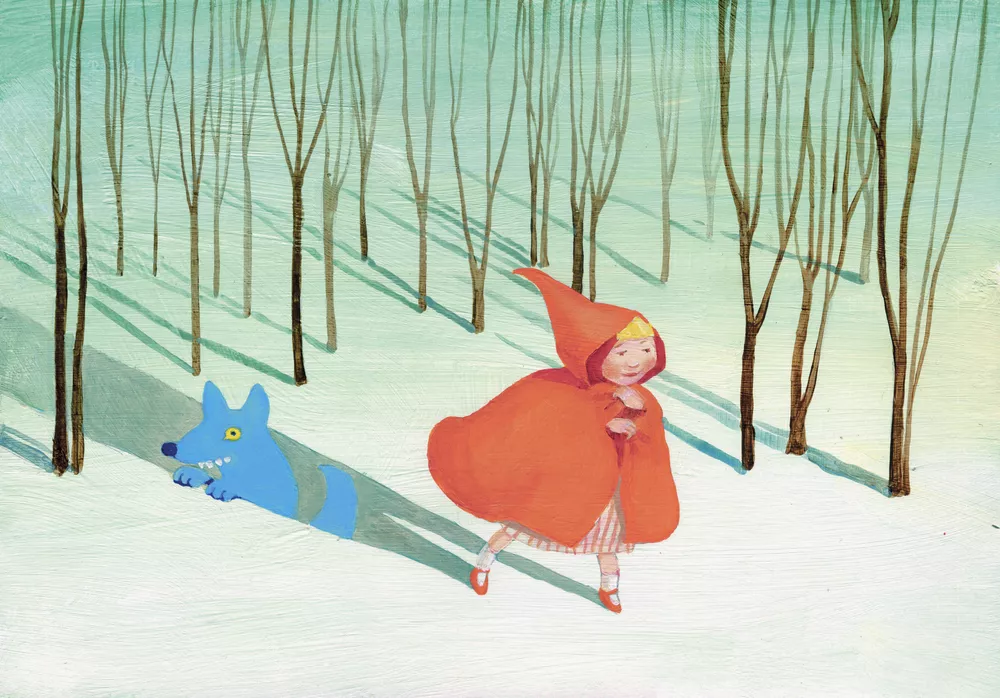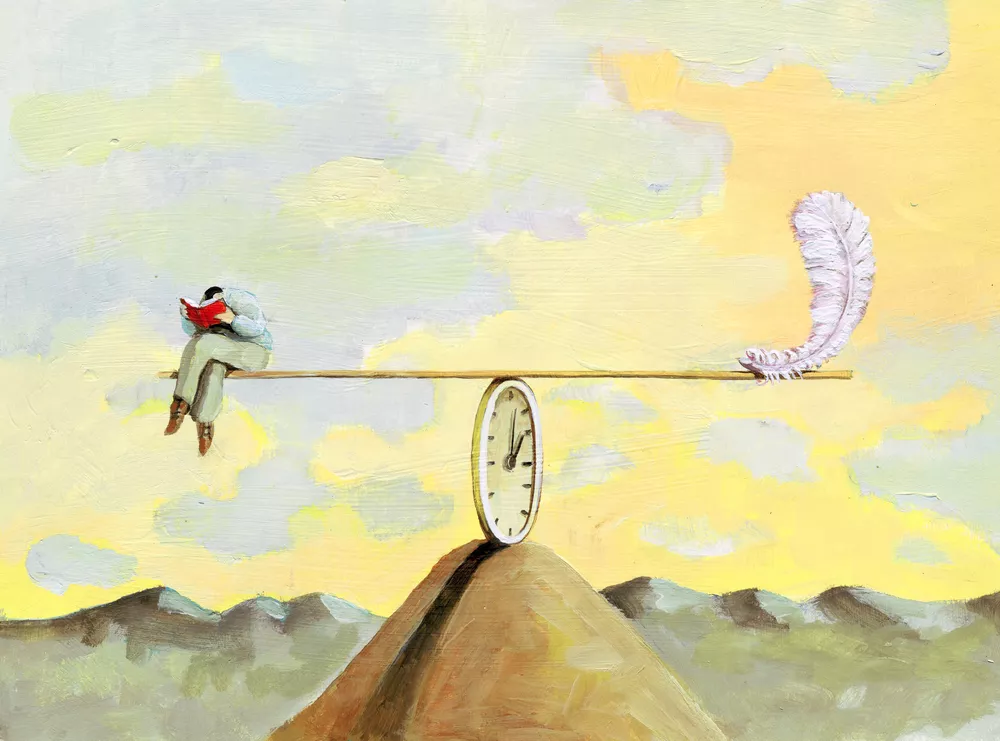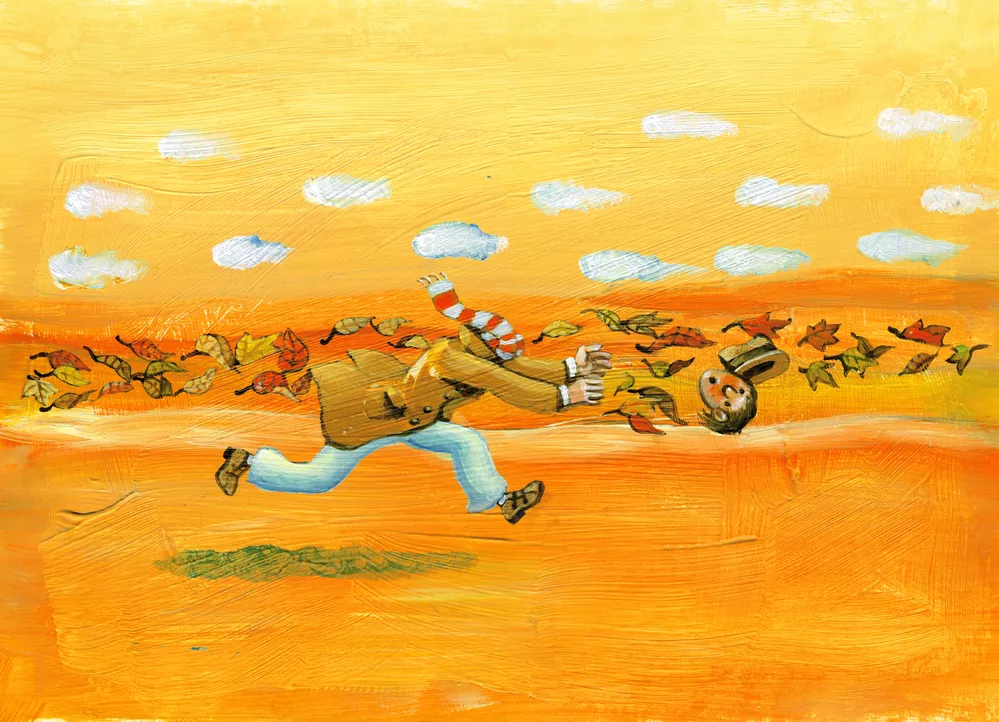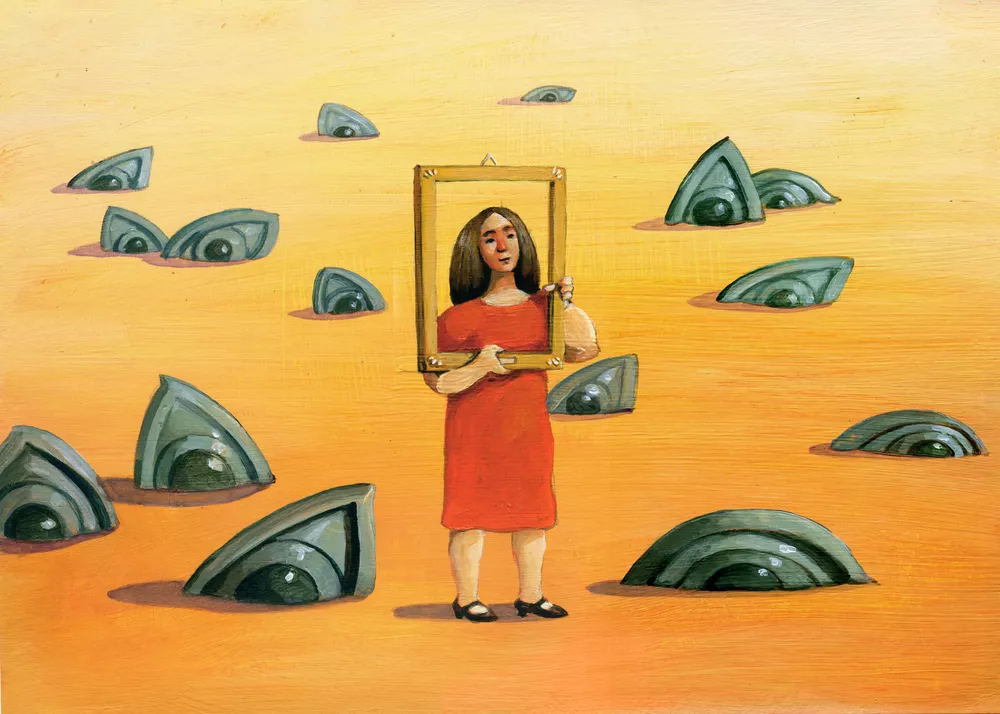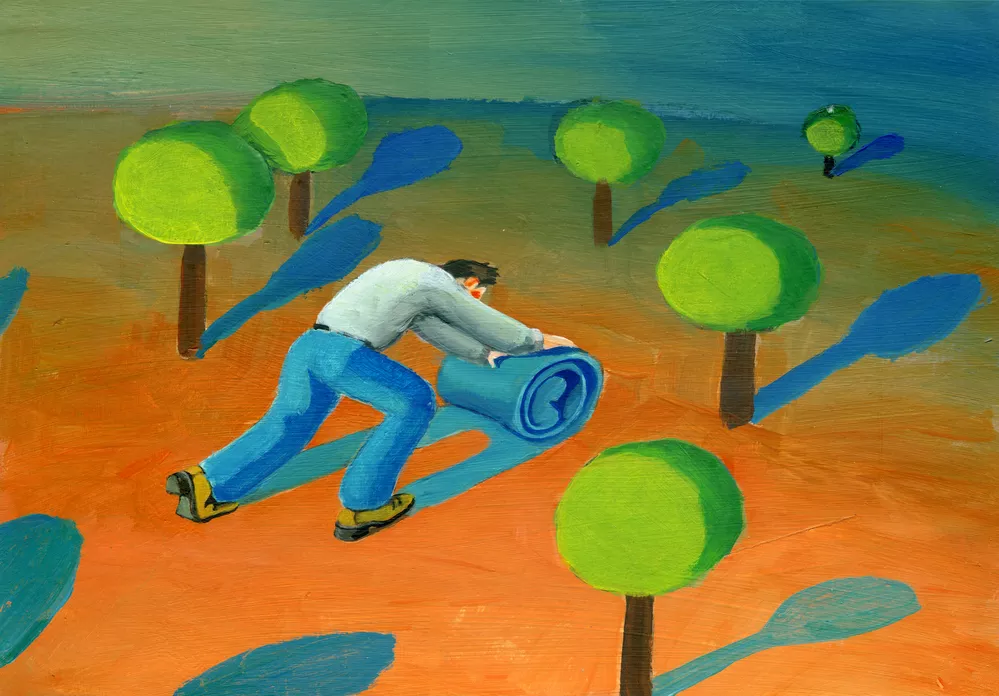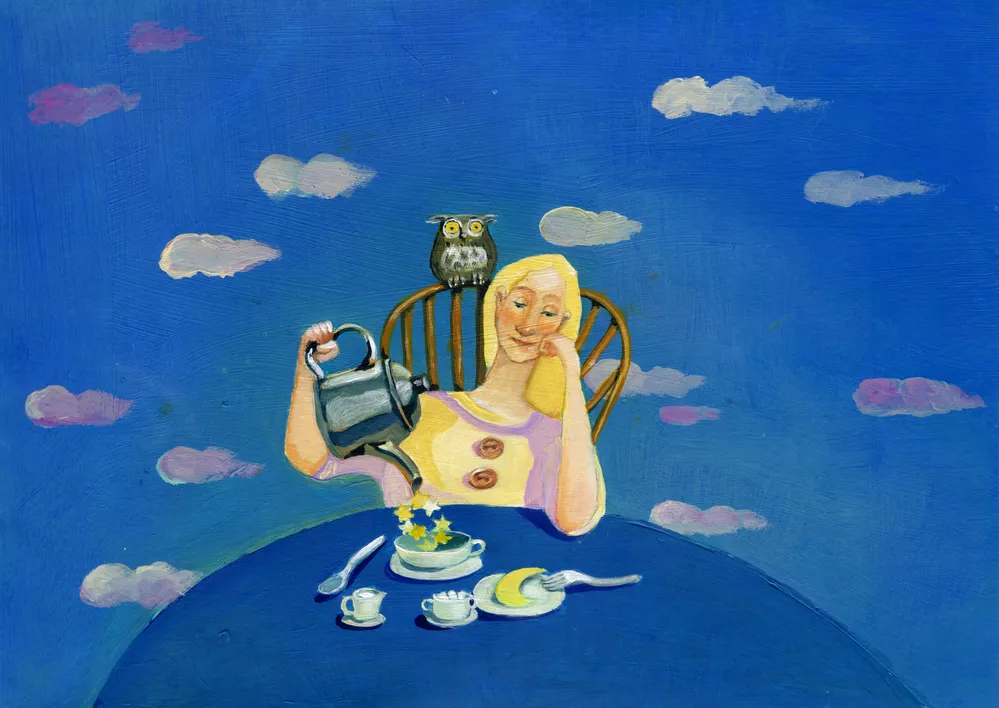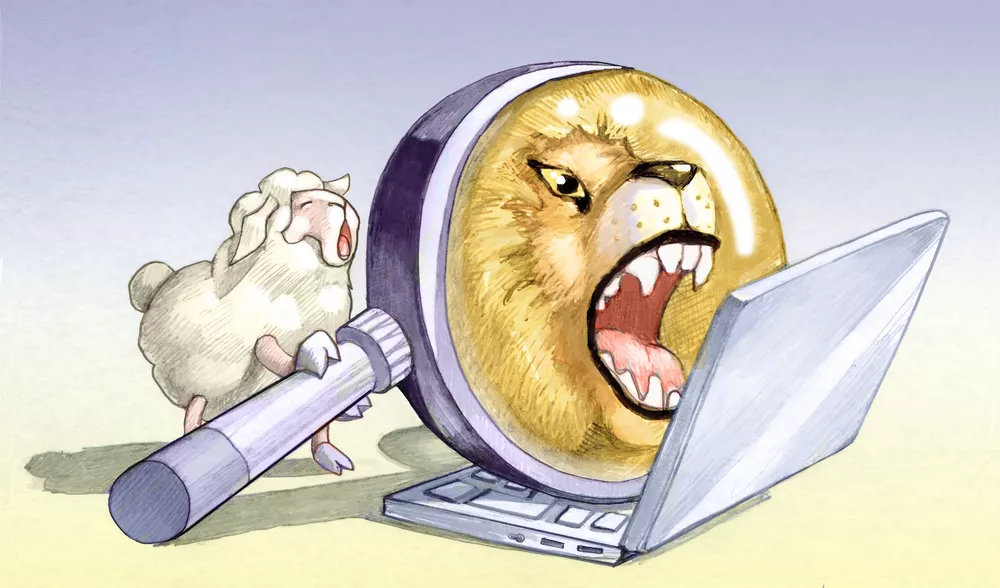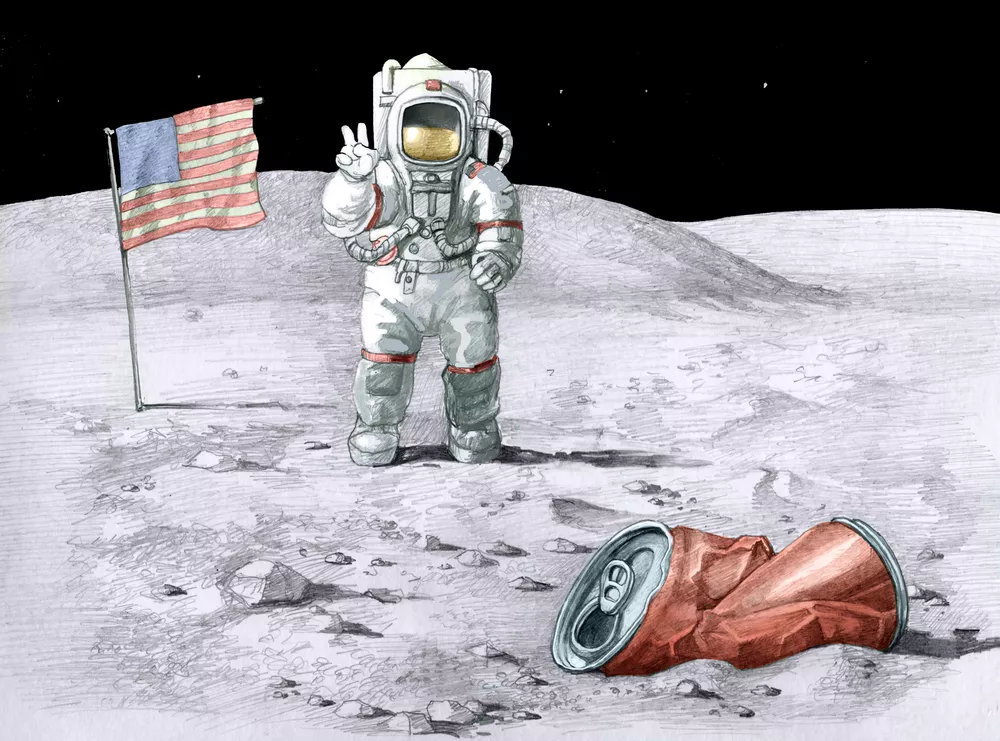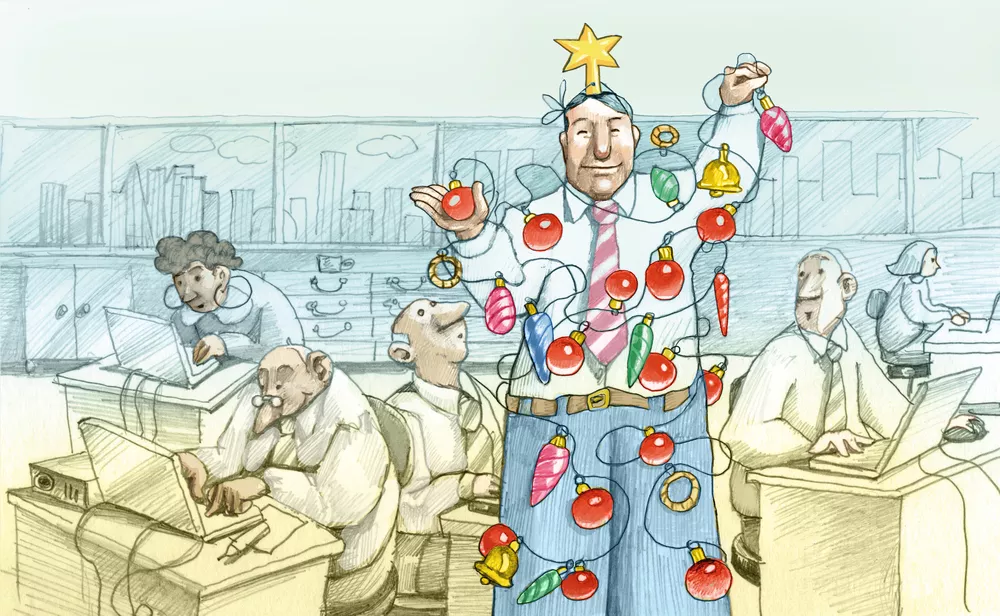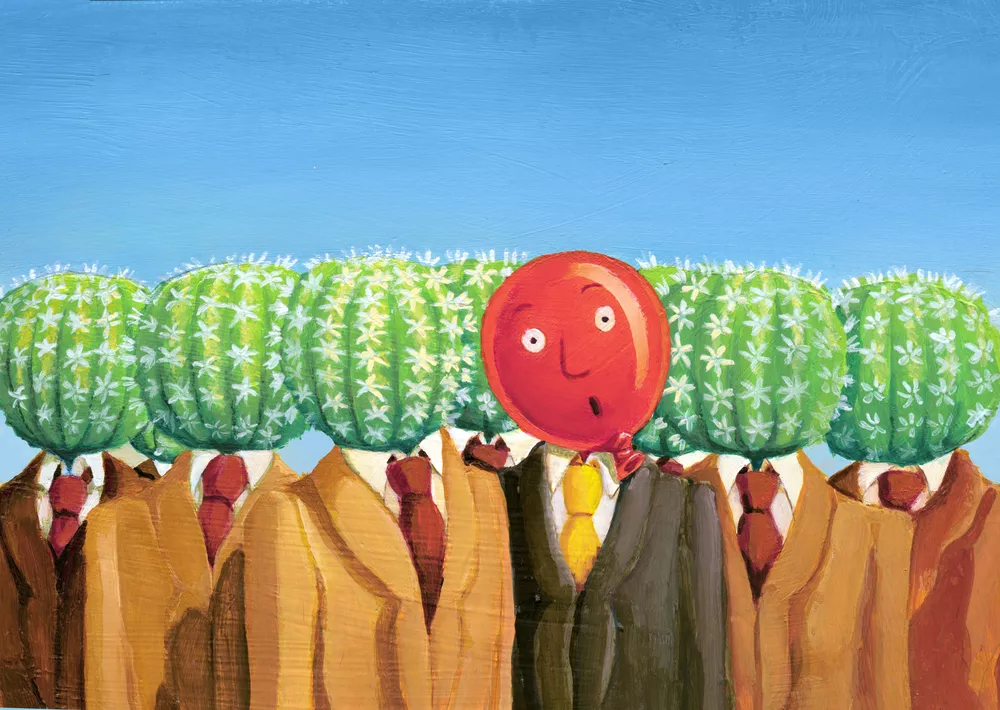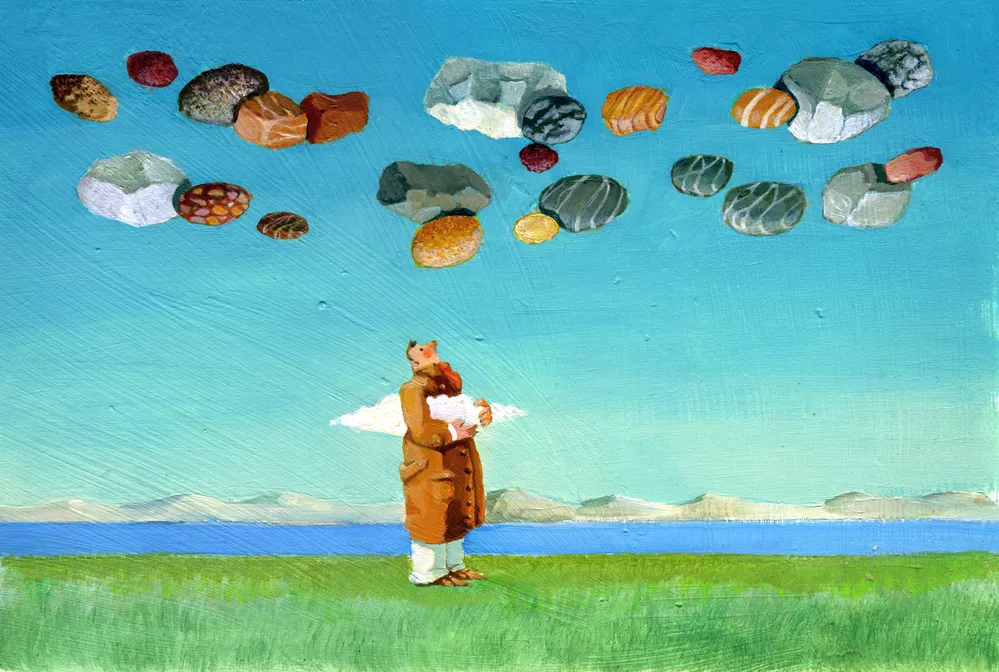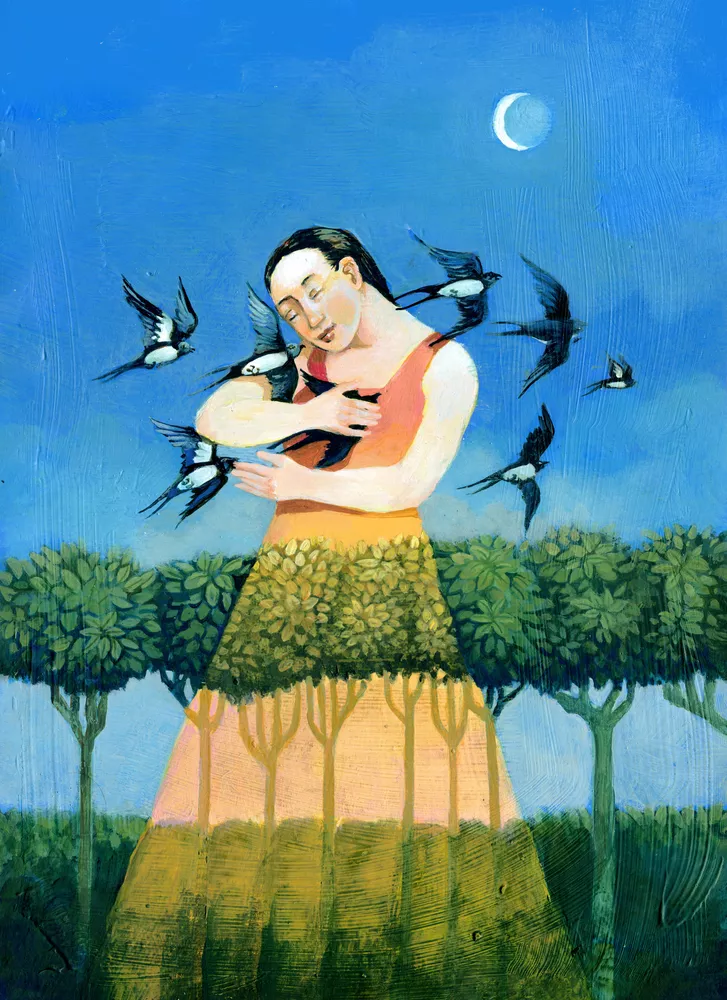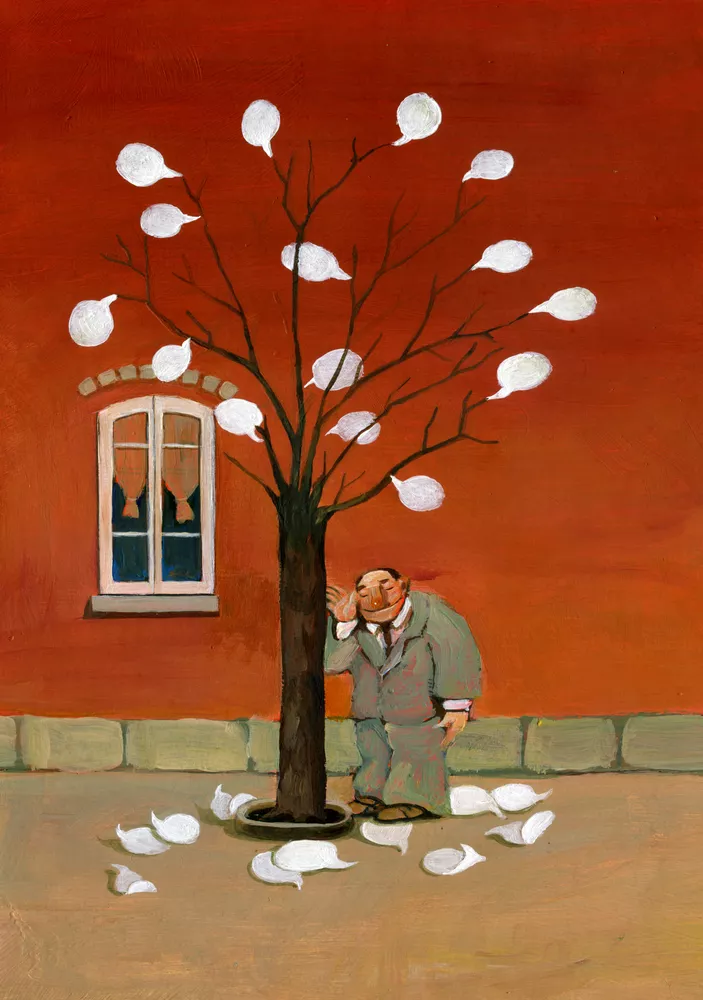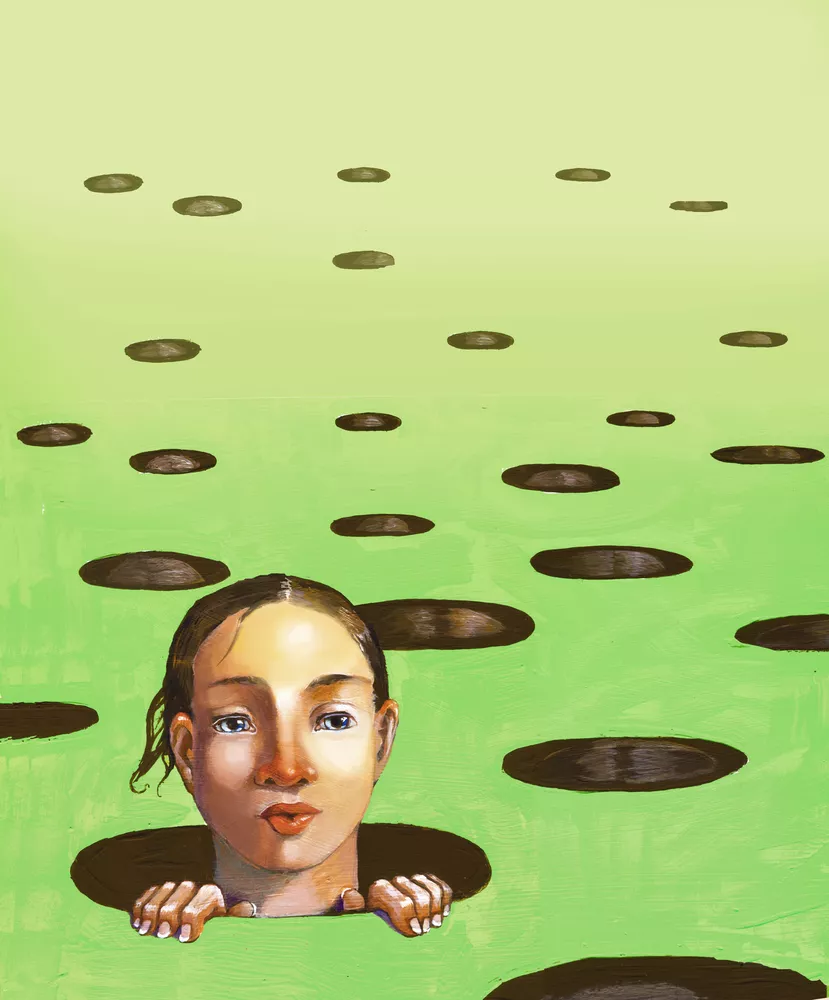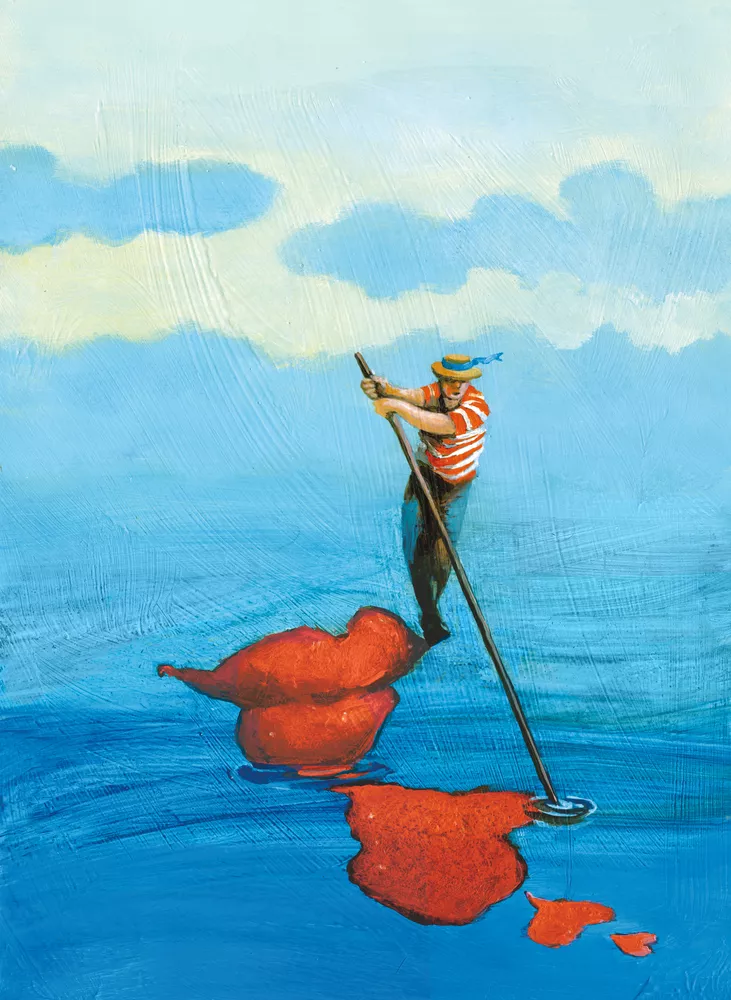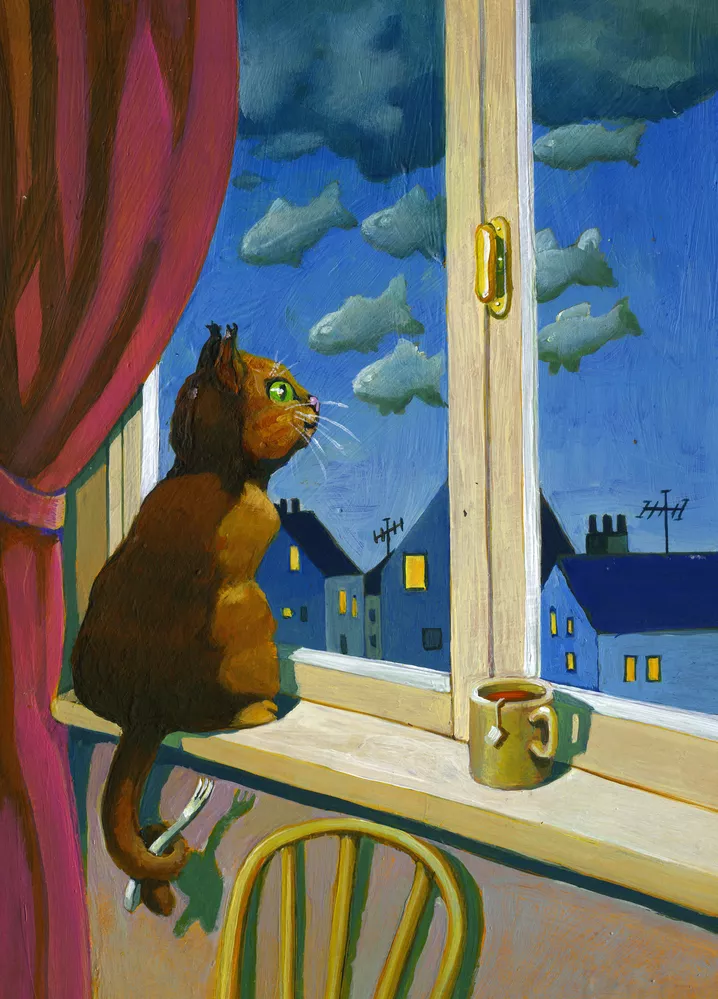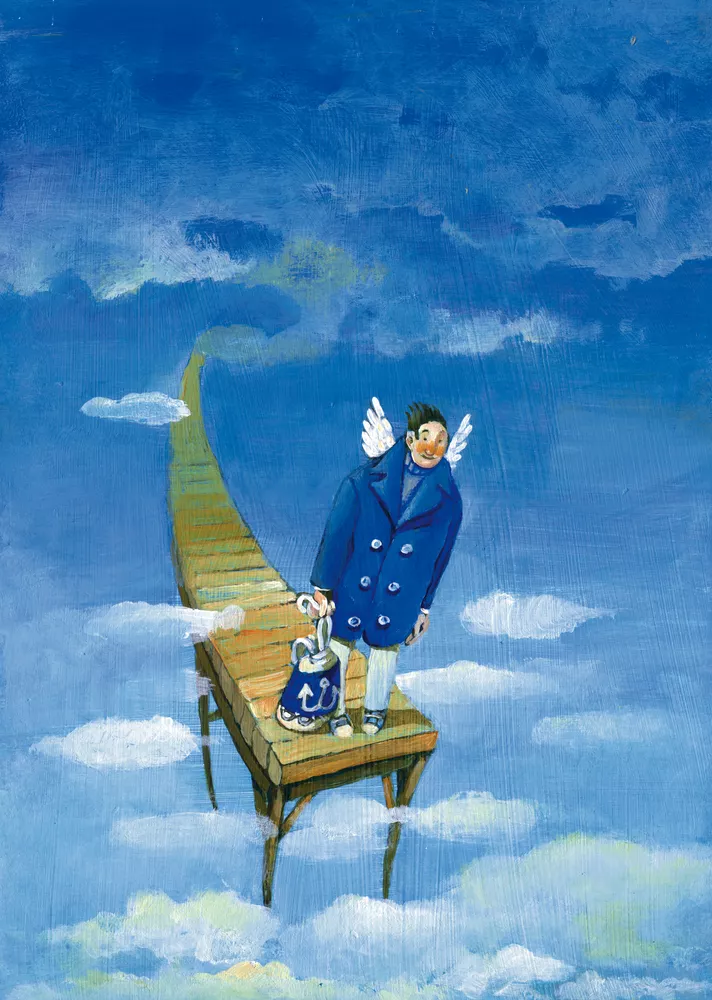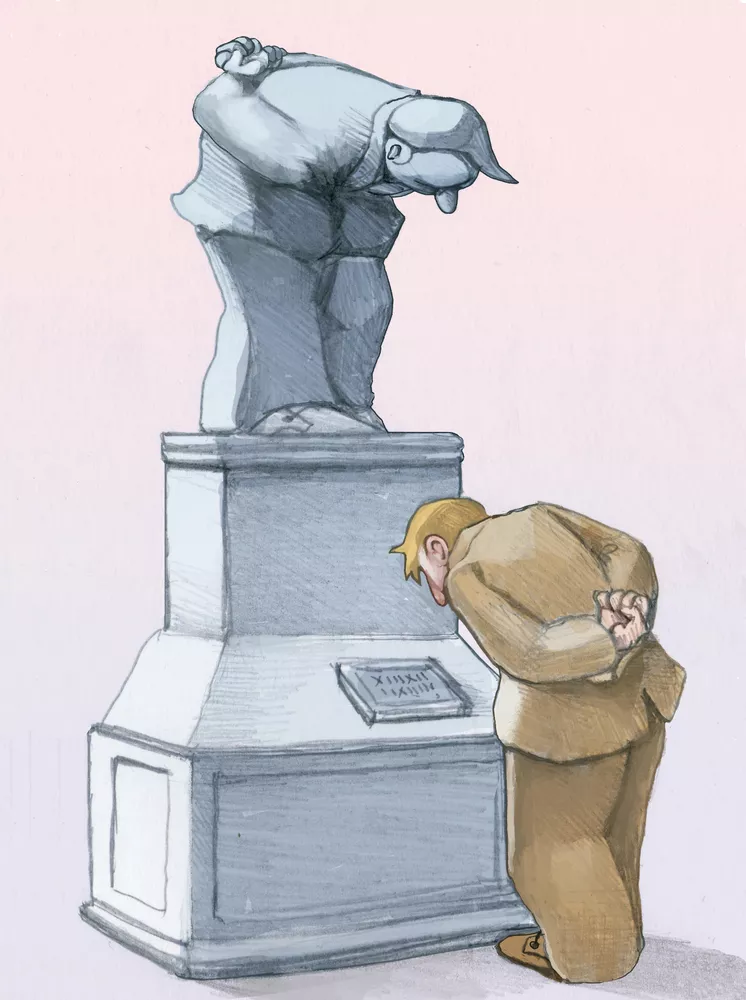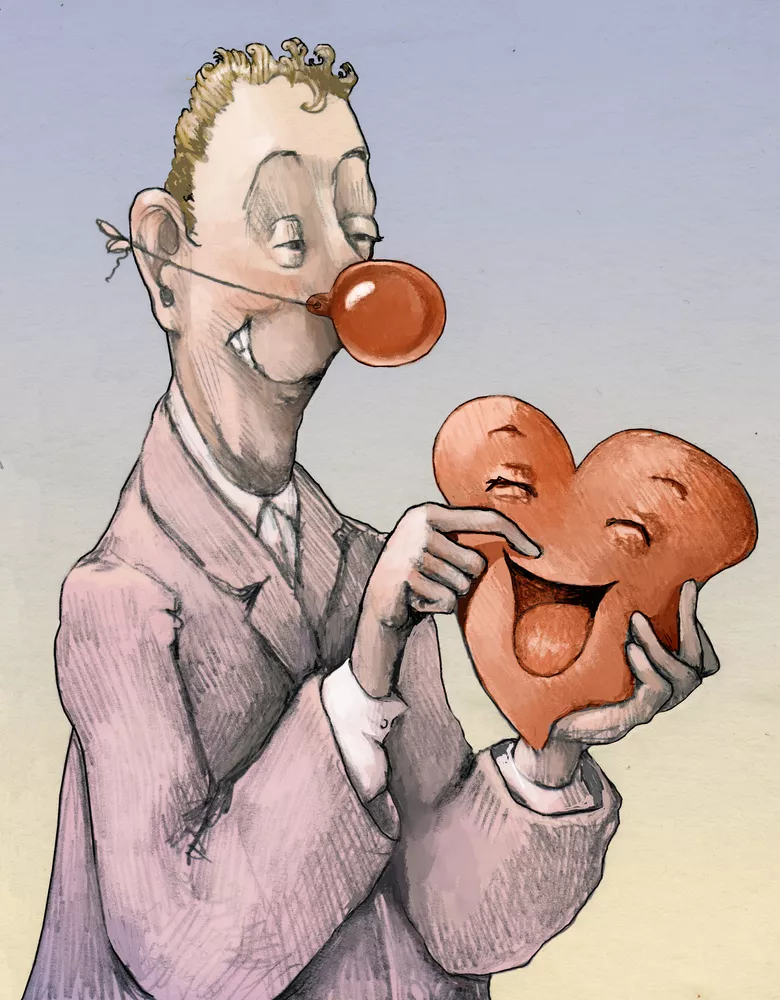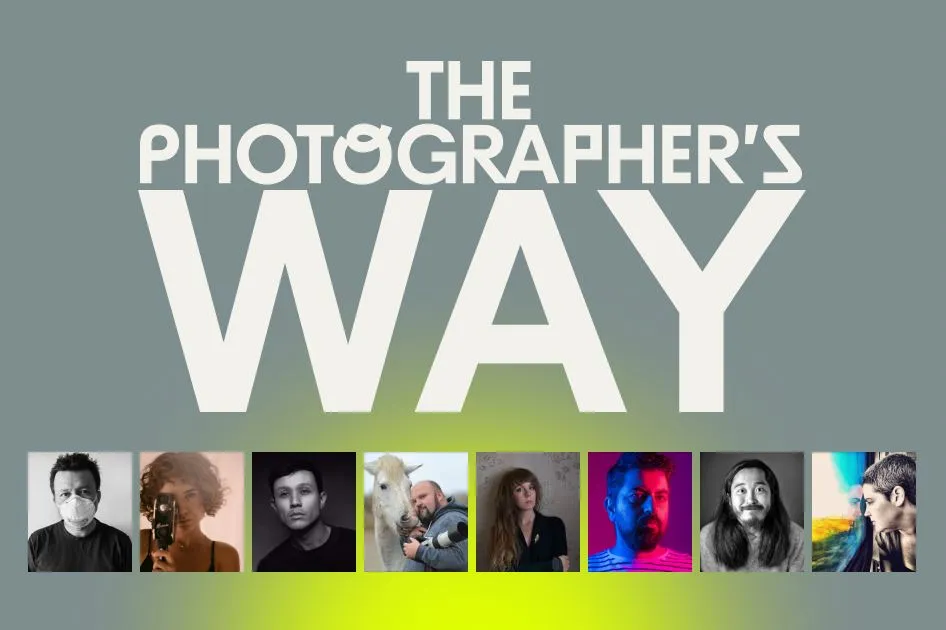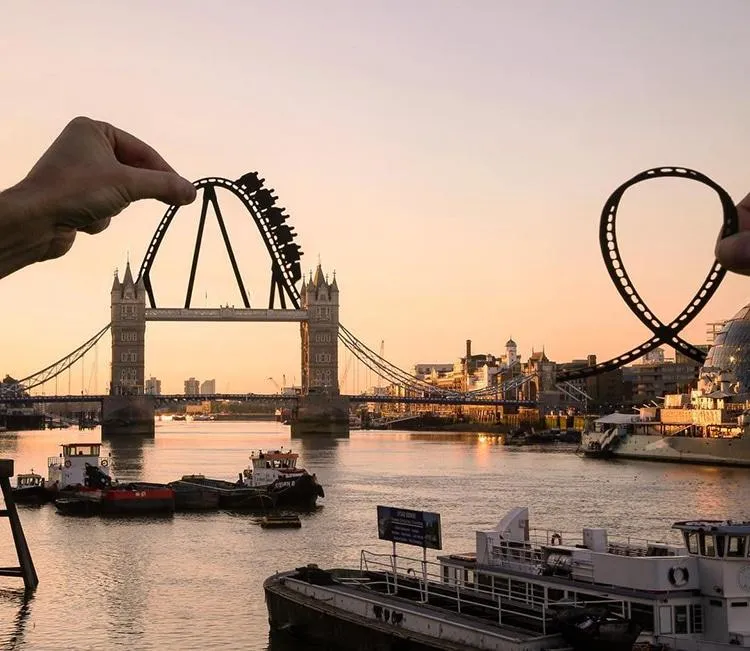Illustrating Hope: An Interview with Italian Artist Cristina Bernazzani
Cristina Bernazzani, a talented Italian illustrator, has been making waves in the industry for almost 30 years. Over this time, she has tried to adapt to the changing landscape of the industry — her style has evolved, yet her works have remained relevant and impactful. Her impressive portfolio is filled with illustrations that address complex social issues, and despite the gravity of these subjects, she manages to give hope to her audience.
With a personal style that makes complex concepts relatable and a desire to contribute to a brighter future through her art, Cristina’s work is truly inspiring. Read on to discover more about her creative process, inspirations, and thoughts on following trends in the art world.
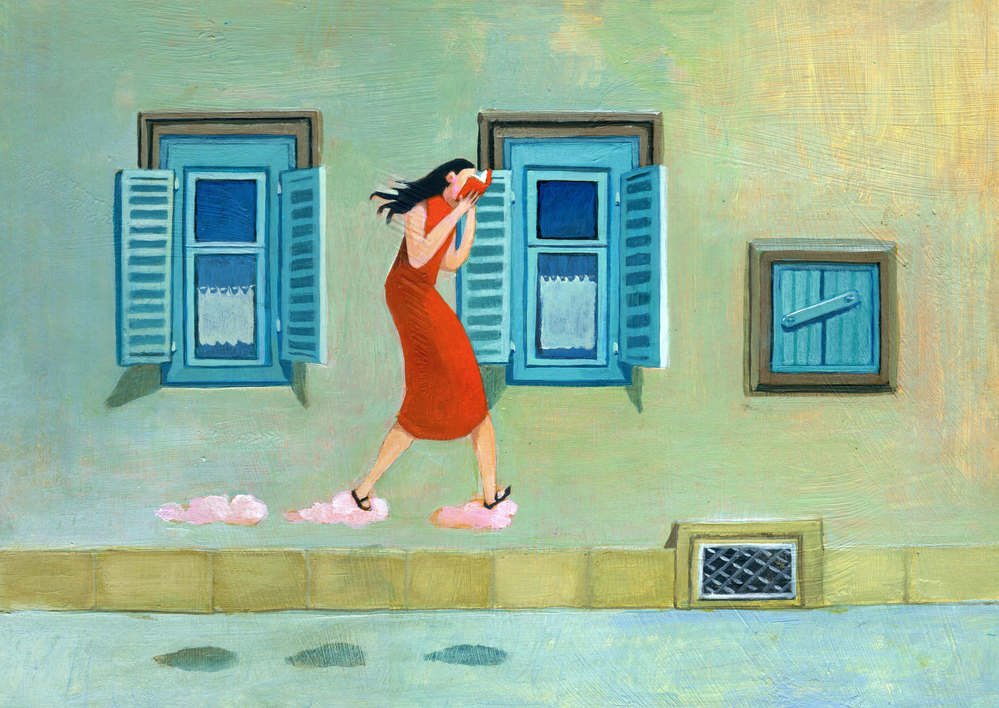
— What is the evolution of your artistic journey?
I started my artistic journey as a freelance editorial illustrator in Italian newspapers and magazines. After almost 30 years of such experience, I started painting and creating humorous drawings. This is where I gained most recognition, receiving numerous awards and participating in individual and collective exhibitions around the world.
— What projects are you currently working on?
Currently, I took time for a reflective break. I feel the need to renew the characters of my visual world. The world is constantly changing, and the metaphors and symbolism behind even the most simple characters are becoming more and more complicated.
It’s essential for me to constantly ask myself what the purpose of my images is. I’m trying to not just create visually attractive imagery, but to point out the serious and tragic problems of our age and make a clearer vision of possible solutions to them. Of course, I understand that my designs won’t change our society, but perhaps it can shed light on the paths humanity is following.
— What would you say distinguishes your personal style of Illustration?
I think that I have an ability to synthesize a complex concept with an image that can also make people smile. I try to create images that would be understandable for most people wherever their experiences and life paths are. This is what distinguishes my own artistic style. I try to give unique meaning to each work, which is even more important in approaching the world of art collecting.
As a conceptual artist, I firstly need to understand as much as possible about the theme I’m working with. That’s why observation is very important for me. Although I can work with dreamy themes and aesthetics, the basis of my works is our reality.
— What inspires your work?
Mostly all of my works are inspired by surrealism, in particular, magic realism. Such artists like Rob Gonsalves and Brad Holland hold a special place in my artistic heart. These influences help me in developing original concepts for my illustrations. But the most important driver behind my work is the hope that we will never stop fighting for a more equal society. In the face of all the tragedies of our age, I still believe that we have a bright future ahead. To make it a reality, we should all contribute to our communities in any way that we can, including artistic expression.
— What place does technology hold in your artistic practice?
I am not a digital native. Technological innovations in the field of art became fundamental for me when I started to realize its expressive possibilities and opportunities to create my works in greater quality. However, the thing that remains essential for me is the ability to create while maintaining my own artistic identity and consistency. The questions of ethics and maintaining responsibility in the digital age are also important factors in my work.
— Do you follow trends and how important would you say it is for a successful artist?
Trends have their share of influence on my works, but it’s very limited. I believe that the very essence of creativity is the artist himself. Their own ideas should be the core of any creative project. While following a particular trend may be beneficial in a certain moment, developing your own personal style gives more stability in the long-term perspective. I think chasing trends makes an artist lower their gaze to the ground and limits the possibilities of expressing talent.
Other interviews you might find interesting
Lviv-Based Artist Mykhailo Skop on Board Game Design, Medieval Art, and Wartime Posters
